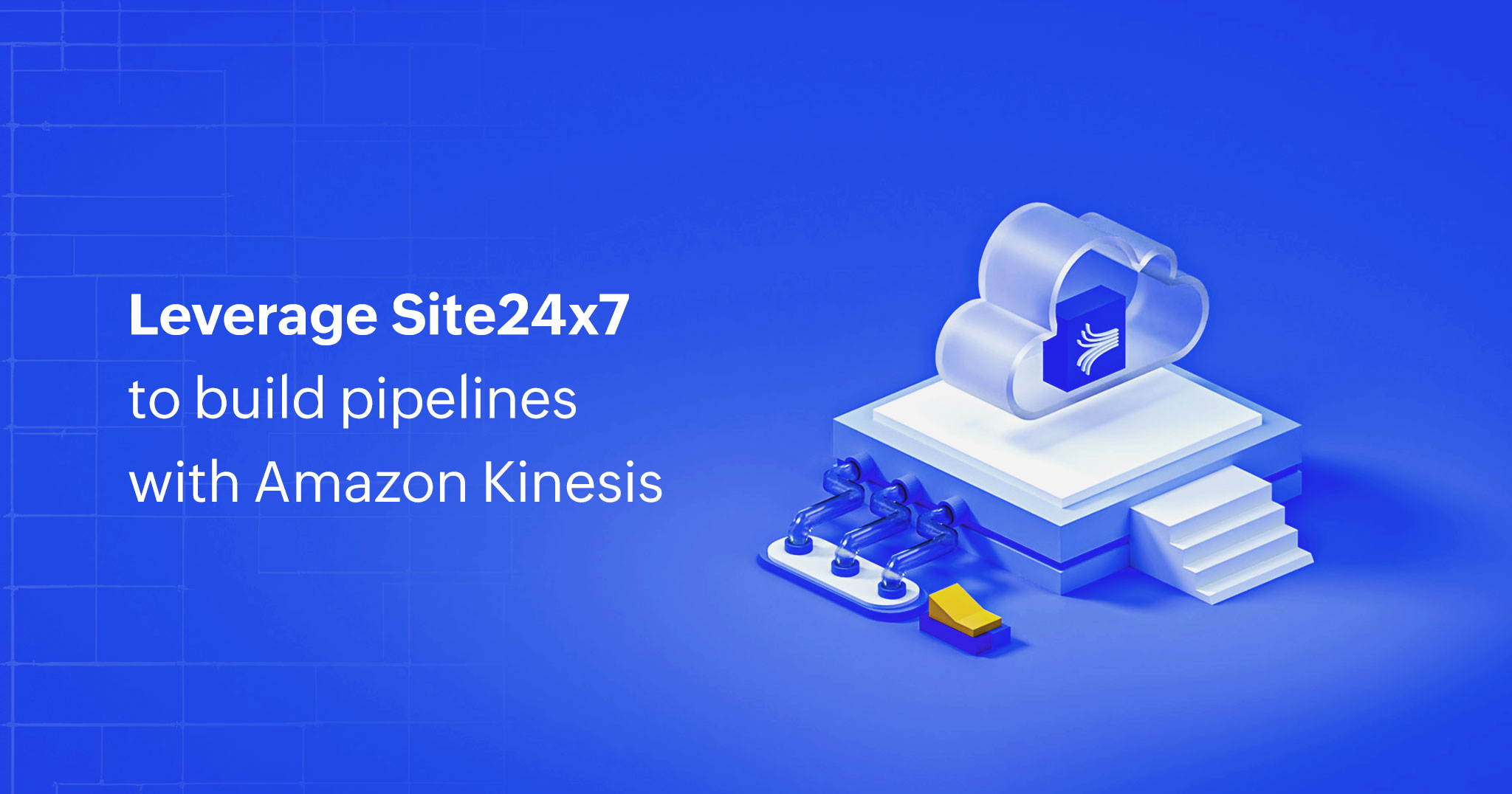Leveraging monitoring to build scalable data pipeline with Amazon Kinesis

What is Amazon Kinesis?
Amazon Kinesis is a fully managed platform designed to stream large volumes of data in real-time. The platform includes four services: Kinesis Data Streams, Kinesis Data Firehose, Kinesis Data Analytics, and Kinesis Video Streams. These services enable businesses to collect, process, and analyze data from various sources, such as IoT devices, application logs, or clickstreams, in real time. By integrating Kinesis with other AWS services, such as Amazon S3, Lambda, and Redshift, companies can build complex and scalable data processing pipelines.
Why is monitoring crucial for scalable data pipelines?
A scalable data pipeline must be resilient, highly available, and able to handle increasing workloads as business needs grow. Monitoring is essential because it provides visibility into how the pipeline performs, allowing organizations to detect bottlenecks, optimize resource usage, and maintain high availability. Without effective monitoring, organizations may encounter data loss, delayed processing, or system failures as the pipeline scales.
Amazon Kinesis, combined with Site24x7, provides robust monitoring capabilities that can help businesses manage their data pipeline and ensure smooth operation.
Key metrics to monitor in Amazon Kinesis
Amazon Kinesis generates various metrics to help monitor pipeline performance. Below are some critical metrics to observe:
Incoming records and bytes: Track the volume of data ingested by your Kinesis streams. An increase in these metrics indicates growing traffic that your system must handle. Use auto-scaling mechanisms to ensure your shards can process increased loads.
GetRecords.Success: This metric measures how successfully consumers retrieve records from the stream. A high success rate indicates that the data pipeline is functioning smoothly, while a declining rate may suggest bottlenecks in the consumer application.
PutRecord.Success: It reflects the number of successful data records written to the stream. Any drop in this metric can signal potential issues in data ingestion or scaling.
Iterator age: This metric tracks the age of the record in seconds since it is placed in the stream. A high iterator age suggests that the stream is behind in processing data and could lead to delays in downstream processing tasks.
Throttled requests: Amazon Kinesis throttles requests when it exceeds the capacity of shards. Monitoring this metric allows you to scale your stream by increasing the shard count or optimizing request patterns.
Read and Write Throughput: Monitoring the throughput of read and write operations helps ensure your pipeline handles the expected data load. When you approach the limits of your shards, scaling may be necessary to avoid performance issues.
Scaling your data pipeline with Site24x7 Insights
Use the insights from Site24x7 to scale your data pipeline. If the incoming records are steadily increasing, consider adding more shards to your Kinesis Data Stream. You can also enable auto-scaling to dynamically adjust the shard count based on traffic patterns.
Another approach is to optimize your data pipeline's consumers and processors. For example, if the iterator age is consistently high, improve the processing logic of downstream applications or use parallelism to speed up data consumption.
Additionally, you can implement strategies like data partitioning to distribute workload evenly across shards, improve throughput, and reduce bottlenecks.
Building a scalable data pipeline with Amazon Kinesis is crucial for handling real-time data streams efficiently. However, without effective monitoring practices, scaling such pipelines can lead to bottlenecks and performance issues. Leveraging monitoring tools like Site24x7 helps businesses track key metrics, detect issues early, and ensure that their data pipelines can scale to meet growing demands. By setting up enhanced monitoring, creating alarms, and automating responses, companies can build robust and resilient data processing systems using Amazon Kinesis.
By investing in monitoring and observability, you can ensure your data pipeline not only scales seamlessly but also remains reliable and efficient in handling real-time data streams.